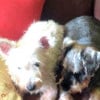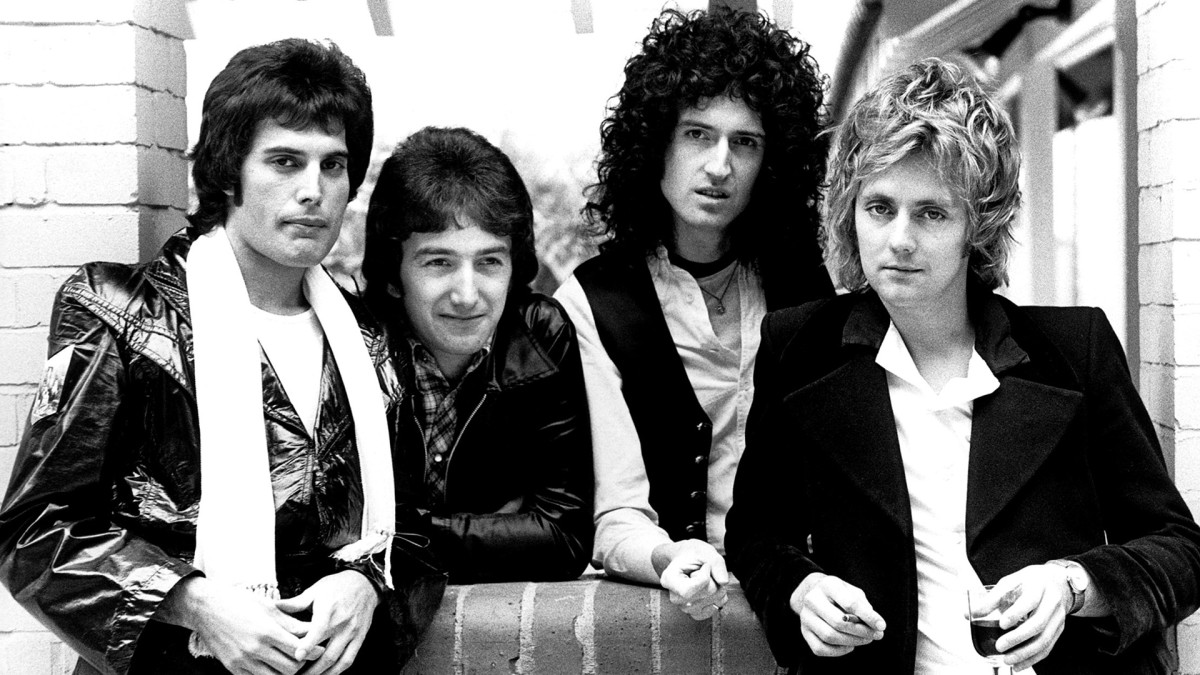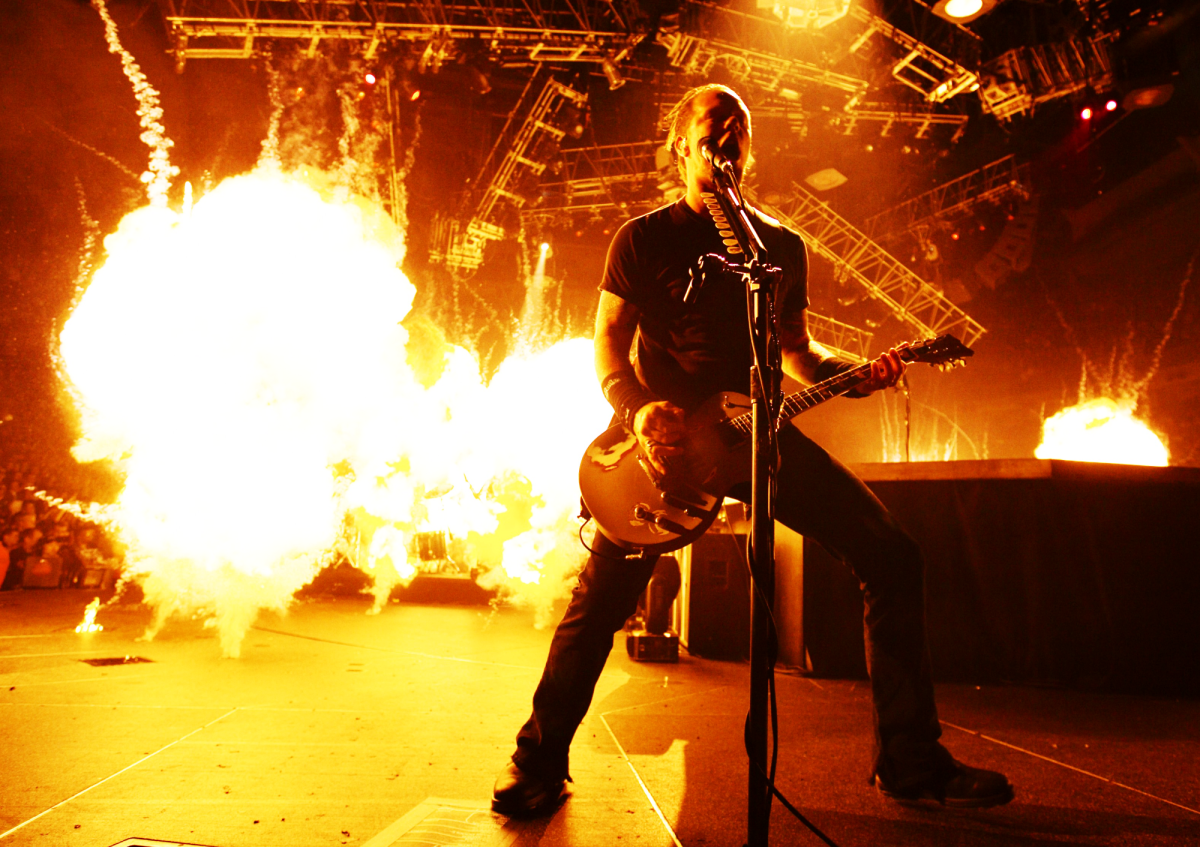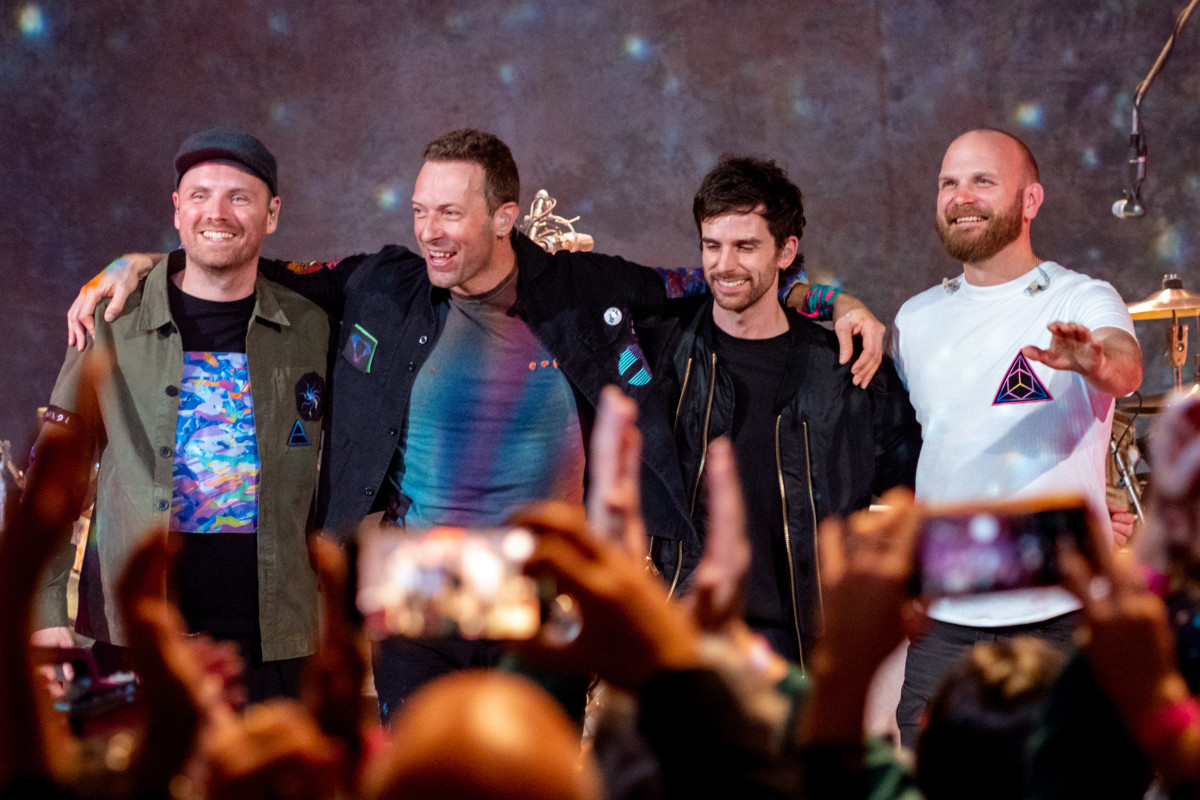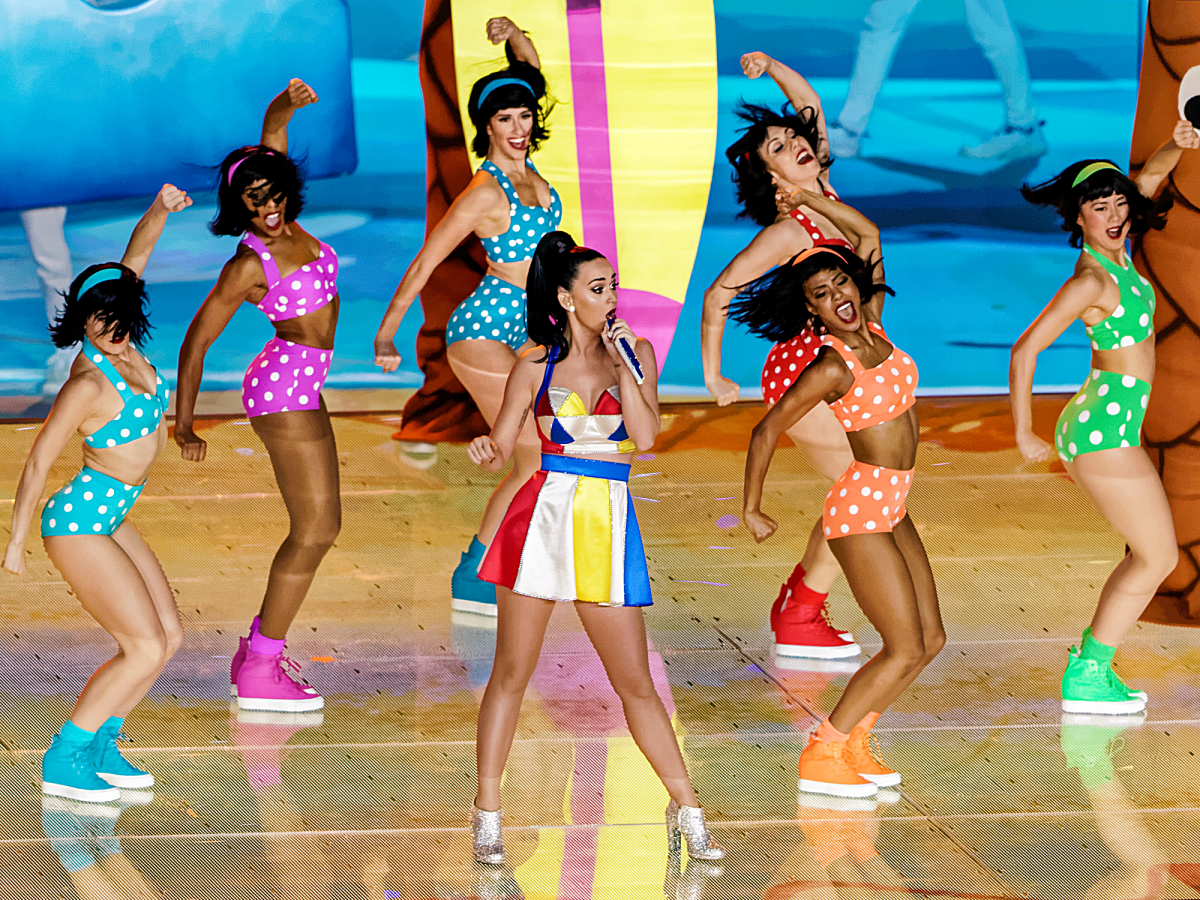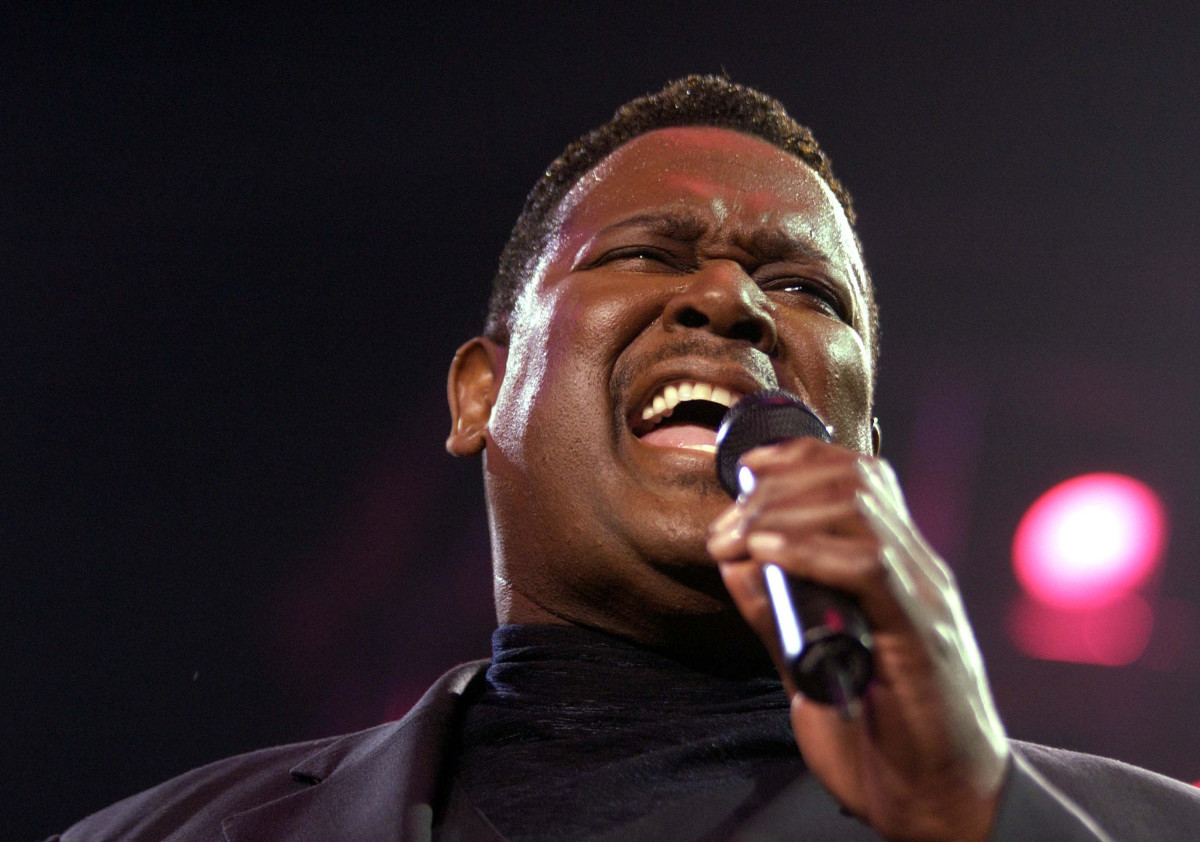Understanding Alternative Music
By Michelle Liew Tsui-Lin All Rights Reserved
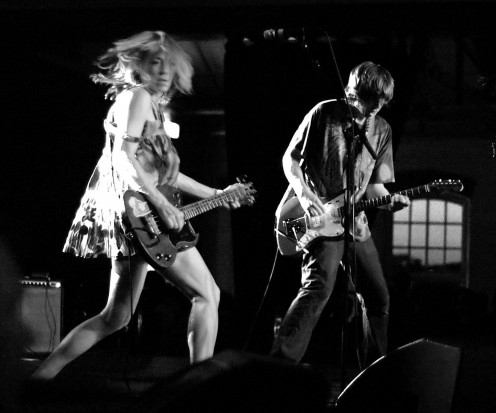
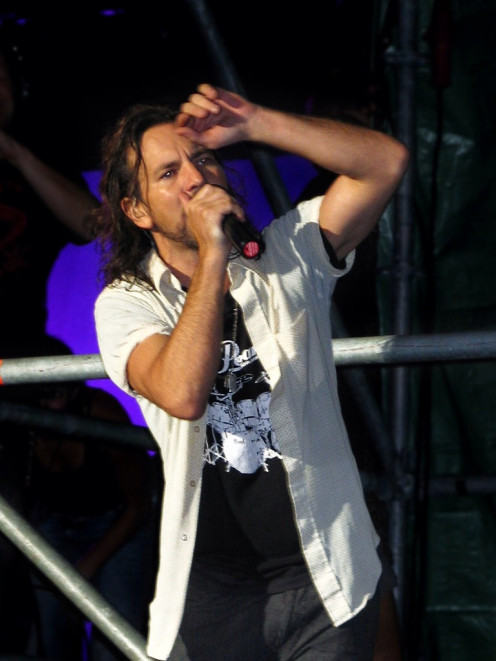
Variety is the spice of life, so we are always in search of alternatives.
This is absolutely true of our attitude to music. Always much needed entertainment, musicians are always in search off new, creative forms of expression.
All of us would tire of listening constantly to similar tunes or styles of music. Alternative music as a genre should come as no surprise.
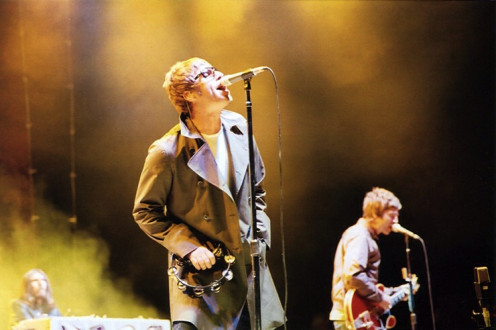
The origins of alternative music
Alternative music emerged as underground music popular all over college campuses. This musical genre saw its boom in the 1980s and became wildly popular in the 1990s, although it had precedents in earlier decades of the twentieth century, with musicians performing and recording alternatives to mainstream pop.
Alternative music is a broad umbrella term that describes a few sub genres that share common characteristics. All seem to descend from the punk rock form popular in the 1970s. These minor forms, including noise pop, jangle pop, industrial rock and gothic rock, gained recondition on college campuses, though few were signed to major record labels. They came about as a result of punk culture.
Characteristics of alternative music
The characteristics of alternative music are hard to define because of its many sub genres that have their own unique, defining features.
Originally describing any style of music that is part of the punk genre, alternative music is now a term that describes any variation of pop music.
The nebulous definition makes it extremely difficult to distinguish.
Forms of alternative rock and popular artists
Each genre of alternative music has popular artistes associated with it. These are some of these forms, explained, and a few acts that define them.
Alternative forms of pop, though outstanding in the 1980s and 90s, have their precedents.
Tangerine dream in concert
Pre-Alternative Era: The Predecessors of Alternative Music
Garage Rock
Though not quite of the 1980s, Garage Rock is often regarded as alternative music because it was not mainstream pop.
Popular in the 1960s,Garage Rock was non mainstream rock played in none other than a garage. Popular in the 1960s, garage rock singers often used lyrics that were more aggressive and unsophisticated than that found in commercial pop music. Guitars were distorted through a fuzz box.
Garage Rock was slowly beginning to disappear as college students became involved in their work commitments.
Defining acts were Question Mark and the Mysterions and the White Stripes.
Krautrock
This is rock and alternative music that became popular in Germany in the 1960s. Outside Germany, Krautrock referred to any form of music involving heavily distorted guitars, vocals and the use of synthesizers. The music was a mix of post psychedelic and progressive rock.
Both these forms use politically charged lyrics, owing to great social change happening in America and Europe. While the hippie movement made waves in America with its musicians playing progressive rock, the intellectual movement was becoming influential in European countries, including Germany.Krautrock was first performed In the German Music festival of Essen.
These social changes led to the development of avant garde music, including Krautrock. Defining acts were Can, Tangerine Dream and Kraftwerk.
Cindy Lee Berryhill live
Alternative Music of the 1980s and beyond
These sub genres or forms of alternative music emerged in the post 1960s era to become associated with the era of the 1980s and 1990s.
Anti-Folk
As the name of this genre of alternative music suggests, it parodies 1960s folk music written by folk acts like Ario Gutherie and Joan Baez, subverting its lyrics. This genre mocks folk music's seriousness and is generally evocative.
Anti folk music had its humble beginnings in New York by folk musicians who failed to get acts in established folk venues. Singer songwriter Lach started a club known as The Fort. Its opening coincided with the New York Folk Festival, so he created the New York Anti-Folk Festival to mark the opening of his restaurant.
Early anti-folk acts included Cindy Lee Berryhill, Brenda Kahn, Paleface, Beck, Michelle Shocked, Zane Campbell, and John S. Hall.
The Mock Turtles -Can You Dig It
Baggy
This alternative dance music genre was named after the baggy trousers of its practitioners. It had its origins in the British city of Medchester, and was characterized by psychedelic, acid influenced guitar.
Because "Baggy" bands tailored their image to suit the scene, they were accused of jumping on bandwagons and deriving their songs from original sources.
Baggy Music was made famous by acts like The Mock Turtles, Flowered Up and The Soup Dragons.
Com Truise -Komputer Cast
Chillwave
This genre might give lovers of what is conventionally regarded as pop the chills.
What Chillwave is is music with heavy emphasis on the use of effects processing, looping and sampling.
Chillwave has often been defined by its naysayers as music which is cut and paste, often courtesy of a laptop. They define it further as having excessive looping and weak voices.
Against the voice of its critics, Chillwave has to be credited for reinventing music. It is known for taking archaic tracks, mostly of the 1980s, with decaying magnetic tape and giving them a fresh sound. It has elements of music outside of Western pop. Popular Chlllwave acts were Grffage and Com Truise.
Cocteau Twins-Lorelei
Dream Pop
The predecessor to Shoegaze, Dream pop centered around sonic textures that defined mood.
The form often utilized breathy vocals and guitar effects. The objective of dream pop practitioners was often to hook listeners with mystical, existential imagery.
Some of its defining acts were the Cocteau Twins, AR Kane, Creation and Projeckt.
Dvendra Barnhart never Seen Such Good Things
Freak Folk
This is an avante garde branch of folk music that uses acoustic instrumentation, often reinventing lost 1960s folk classics with uncommon sounds like baroque pop and psychedelic rock.
True to its name, the practitioners of freak folk often sprouted beards and flowers in an attempt to look primitive in spite of the present era. The lyrics of freak folk music were often based on less common themes as well.
Notable artists were Joanna Newsom and Devendra Banhart.
Freak folk was characterized as having a distinctive, individualistic style of singing. Acoustic sounds are a must in freak folk and any string instruments have to be plucked.
Freak folk broke in 2004 when Dvendra Barnhart compiled the collection Golden Apples of the Moon.
Nirvana Come As You Are
Grunge Rock
This alternative rock form emerged in the mid 1980s became popular in America's capital, Washington. Characterized by distorted guitars, angst-filled vocals and jarring song dynamics, grunge became a wildly popular form owing to the commercial success of Pearl Jam and Nirvana. Albums which stood out were Pearl Jam's Ten and Nirvana's Nevermind.
Frank Zappa yellow Snow
Math Rock
This is a rhythmically complex style of alternative rock music that emerged in the 1980s. Often guitar based, it was branded as experimental or Indie rock.
This form made heavy use of irregularity. Rhythms were often played to odd time signatures. Stops and starts were often not at expected times or to the anacrusis of the score.
Artists who influenced Math Rock were Frank Zappa, Henry Cow, Jethro Tull and Genesis, among others.
Jimi Hendrix Purple Haze
Noise Rock
Noise Rock, too became prominent in the 1980s. It discards typical songwriting conventions of rhythm and use of tone. The music is typically atonal (without tone) and it's performers are, in large part, aggressive and confrontational in style. They often embraced controversial subjects in their music.
This is greatly attributed to performers like The Who or Jimi Hendrix, famous for destroying their instruments on stage.
Noise rock practitioners gathered to form bands in the 2000s, some as recently as the 2010s, including Zu, Metz and Disappears. Their music often features tribal polyrhythms.
Bangles-Walk Like An Egyptian
Paisley Underground
These bands became popular in the mid 1980s and were known for using psychedelic harmonies in their songs. They played in a folk-rock style that blended West Coast Surf Pop and Garage Rock.
Paisley Underground bands were very collaborative. Members from a few bands, such as Rain Parade, The Bangles and The Three O Clock got together to form Rainy Day releasing an album of song covers.
A defining Paisley band was The Bangles, which scored success with hits like Walk Like An Egyptian.
LCD Soundsystem All My Friends
Dance Punk
Dance Punk emerged in the late 1970s and was closely associated with the post punk and new wave movements.
Groups which performed Dance Punk Music often made heavy use of synthesizers. Krautrock also lent a hand in forming this alternative music genre.
Dance Punk in the new millennium was picked up on when new groups like LCD Soundsystem, Clinic and Death From Above 1979 started reviving Garage Rock and Post Punk elements. They were influenced by both dance and rock.
My Bloody Valentine -Only Shallow
Shoegazing
Shoegazing involved the heavy use of guitar effects, with vocal melodies blending in as seamlessly as possible. Bands like My Bloody valentine extremely popular.
Shoegazing made heavy use of distorted guitar sounds and the dense, layered Wall of Sound technique which created a reverberant effect. The sound is emphasized instead of the vocals. It was regarded as a form liked by the middle and upper classes until it's decline in the 1990s.
Red House Painters - Katy Song
Slow core
Slowcore music was, as the name suggests, slow, bleak and minimalist with effects and layering. The Slowcore movement began as a rebellion against the hardness of grunge, with its musicians playing as beautifully as they could.
Acts such as the Red House Painters were the progenitors of the Slowcore movement.
The Beatles - Flying
Space Rock
This genre of music was born out of the need to express man's feelings on being in space, greatly explored from the 1950s onward. The genre was noted for it's very heavy use of effects and synthesizers to create the effect of being in outer space.
Pink Floyd's album, The Piper and the Gates of Dawn, with tracks like Lucifer Sam was a prime example of space rock. The psychedelic song Flying by the Beatles also achieved the same effect.
Belle and Sebastian I Want the World To Stop
Which is your favorite Alternative music genre?
Indie Pop
Indie pop was a term used to describe the music of artists on independent labels. They often made use of jangling guitars and song structured influenced by 1960s pop.
The genre took on a rather childlike, cute sound, earning it the nickname "twee".Acts like Belle and Sebastian and The Field Mice were progenitors of Indie Pop.
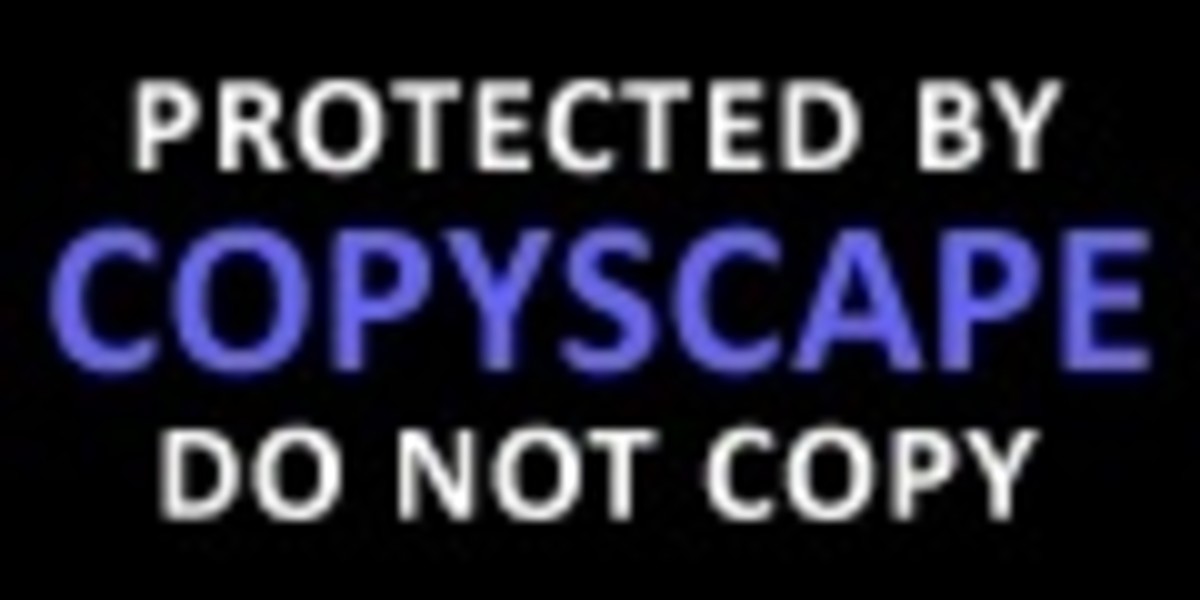
Conclusion
Alternative music, while chartered by fewer practitioners, has left it's mark on pop music today.
Other Music Hubs by Michelle Liew
- Experiencing the beauty of Calypso music :its histor...
An article on the origins of Calypso Music and some talented Calypsonian artists. - How Indian music and its instruments has evolved thr...
An article on the development of Indian music and dance throughout the ages. - Defining music of the 1960s, its characteristics and...
On the characteristics of music of the 1960s. - On the music of mexico:history,diversity,song and da...
On Mexican music, its history, variations and a little hat dance for children. - Rock bands that made their mark on music of the 1980...
A review of some rock bands that made an impact on the music scene in the 1980’s and 90’s. - How liking different styles of music can affect rela...
Understanding how different tastes in music can affect relationships and how this knowledge can be used to help love blossom. - Defining music of the 1960s, its characteristics and...
On the characteristics of music of the 1960s. - How music creates bridges across cultures:unusual in...
Instruments used in world music and how music can create a bridge across cultures - How to use music to reduce or stress levels:listenin...
An article on how music can relieve stress and some stress busting music tracks. - Compiling a music playlist for a long drive ahead
An article on how to compile music for a long drive - How women have influenced jazz music through the dec...
An article on jazz music and the contributions of many women to the form. - Great men who have changed the world of music:influe...
Some legendary male musicians who have influenced the world of music - Influential women in the world of music:some iconic ...
An article on some of the most influential women in the music industry, whether in terms of fashion, social causes or great musical breakthroughs.
